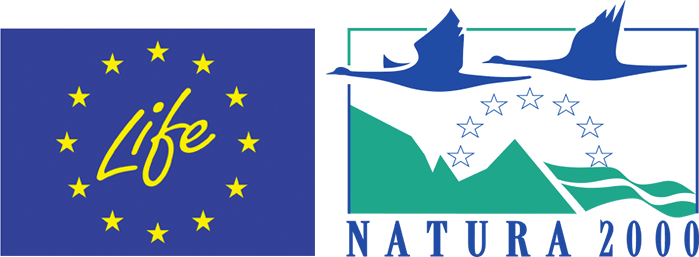The expected results are:
1. Improved Nature, Species and Biodiversity
– H2330 (very rare in Italy): 8.216 m2 returned to favorable conservation status; 1.450 m2 created ex- novo (overall 17% change expected compared to the initial situation)
– H6210/6210* – acidophilous type 34.34: 69.920 m2 returned to favorable conservation status; 10.825 m2 created ex-novo (overall 4% change expected compared to the initial situation)
– Habitat 4030 (typical Southern Alps lowland aspect): 126.650 m2 returned to a favorable conservation status; 8.800 m2 created ex-novo (overall 19% change expected compared to the initial situation)
– 2.720 native woody plants planted
– 11.950 native herbaceous plants (typical of the target habitats) planted
– 250 Calluna vulgaris plants planted
– Invasive alien species (Robinia pseudoacacia, Prunus serotina): overall 26% reduction expected compared to the initial situation.
2. Replication/Transfer
– 1 replication and transfer plan (20 pp)
– 3 guidelines (indicators of conservation status, educational activities focused on the habitats and involvement of stakeholders), and commitments from 60 management bodies to implement them
– 3 visits to transfer and/or replicate the project and its methods. Several administrative authorities (Regione Piemonte, Regione Lombardia, protected areas) have already declared their support and willingness to collaborate on project implementation in their own geographical range.
– 3 networking visits to similar LIFE projects to exchange information with a final outcome report. – 6 stages for professional training in Nature (management and monitoring of the target habitats).
3. Communication, dissemination, awareness raising
– 1 communication plan
– 2.500 followers on social networks
– 7.500 single visits to the website
– 10.000 trifold flyers
– 500 or more users registered to the e-mail database
– 200 participants in two conferences
– 15.000 people reached through a handbook of good practices
– 1.200 people reached by 12 events (4 in each park) for the greater public
– 3 headmasters, 15 teachers, 600 students reached over the span of the project
– 400 individuals reached through scientific congresses
– 400 individuals reached through scientific/academic social networks
– 400 individuals reached through scientific journals
– 1,000 copies of the Layman’s report
– 2 bilingual videos (Ita-Eng)
– 10 press releases.


